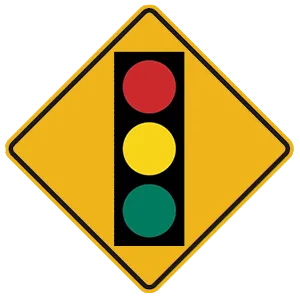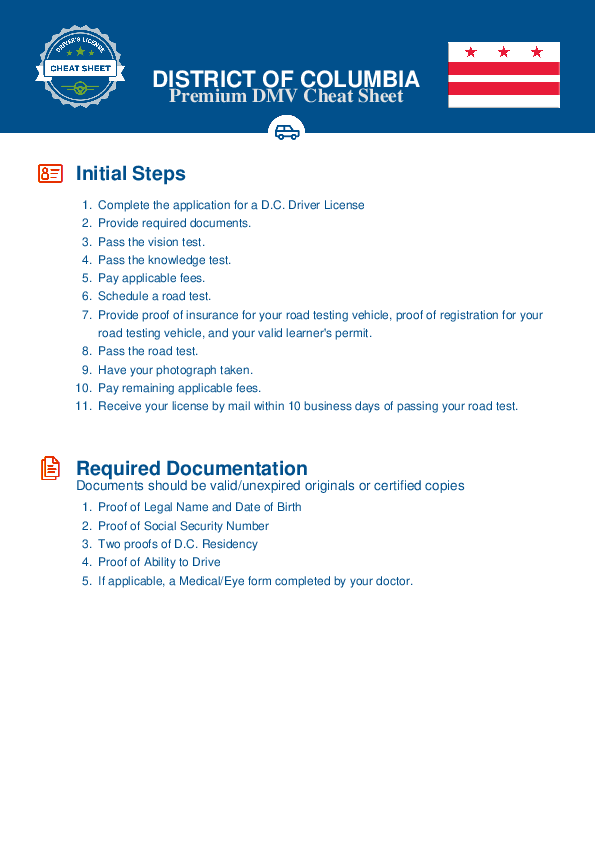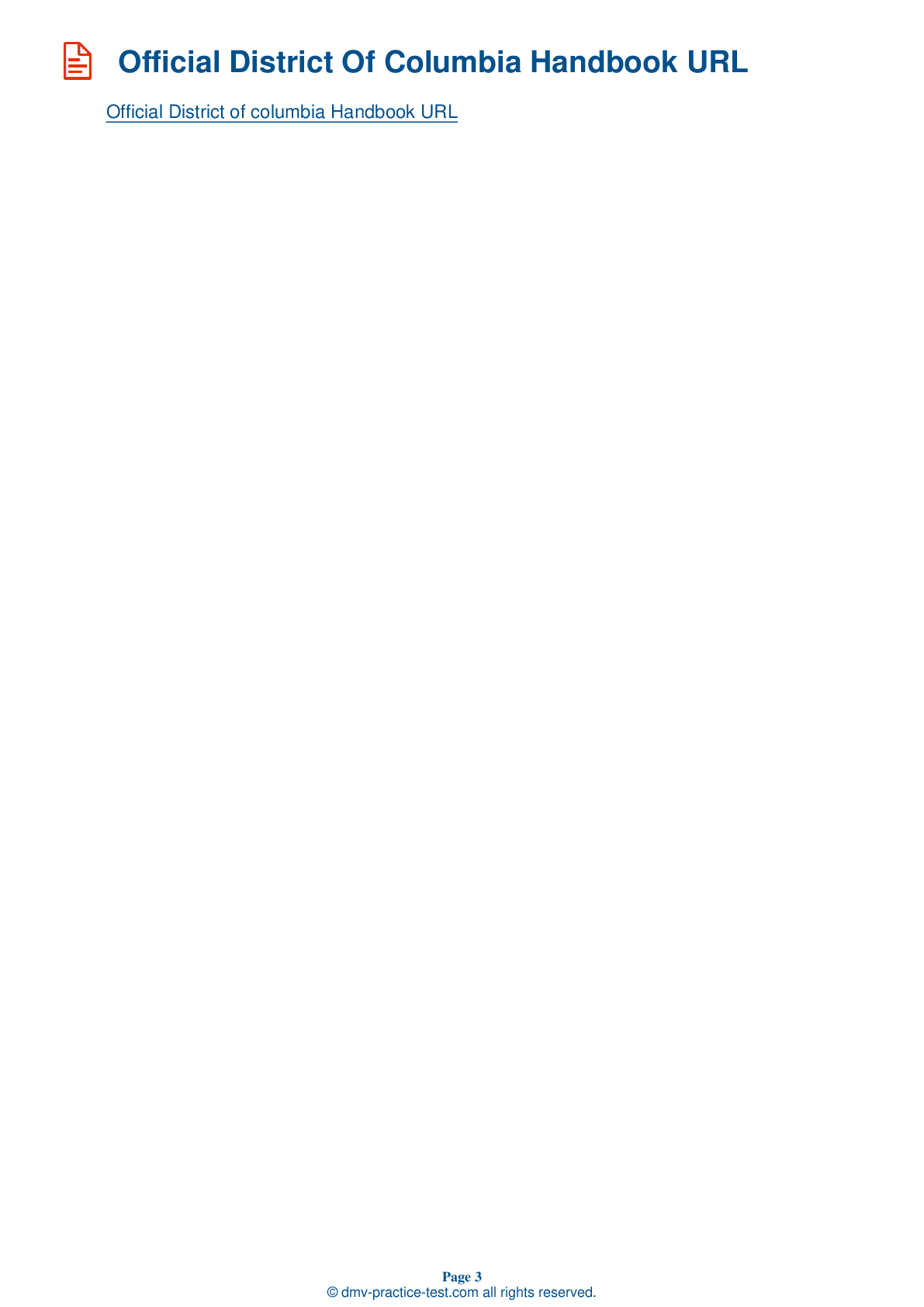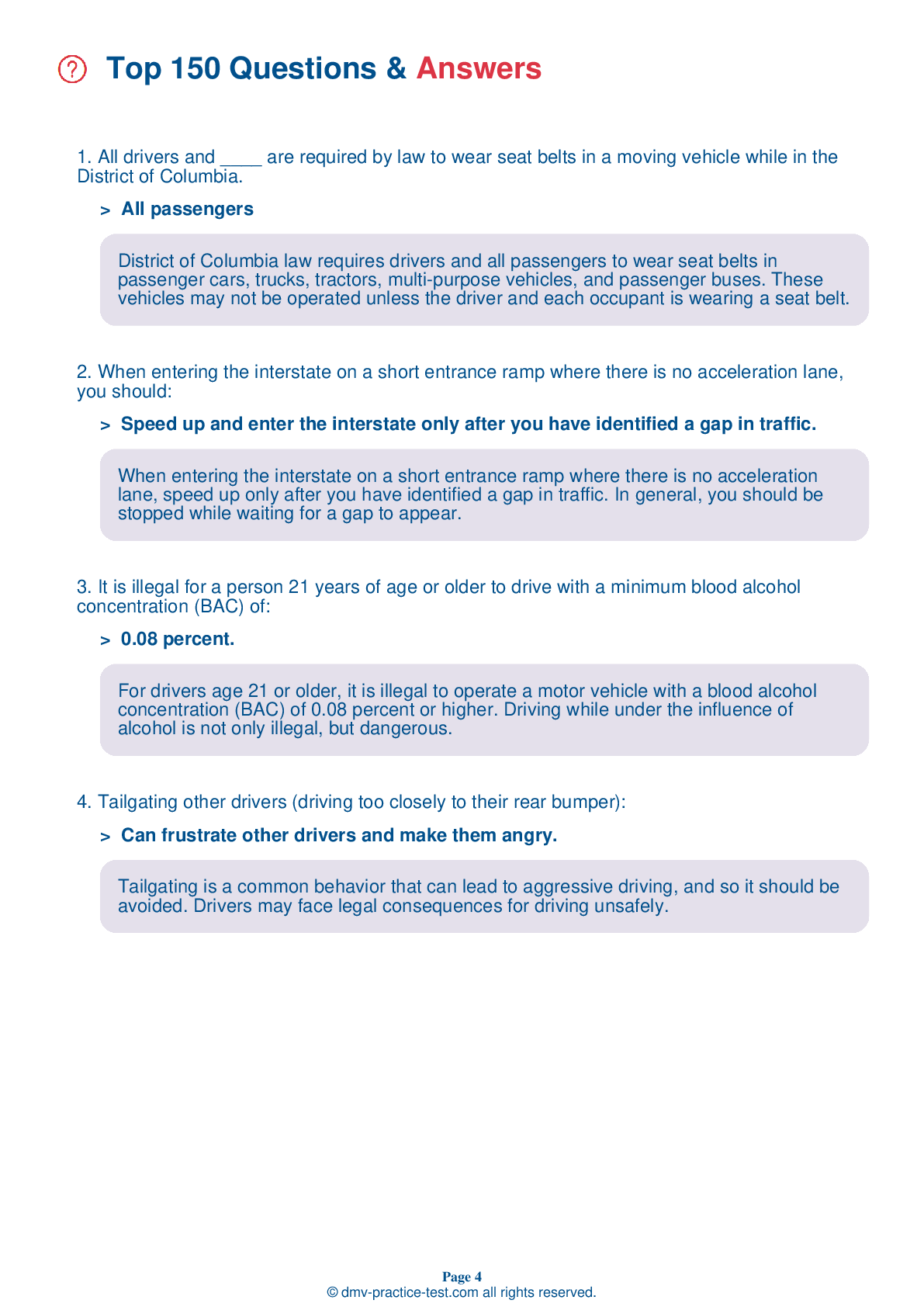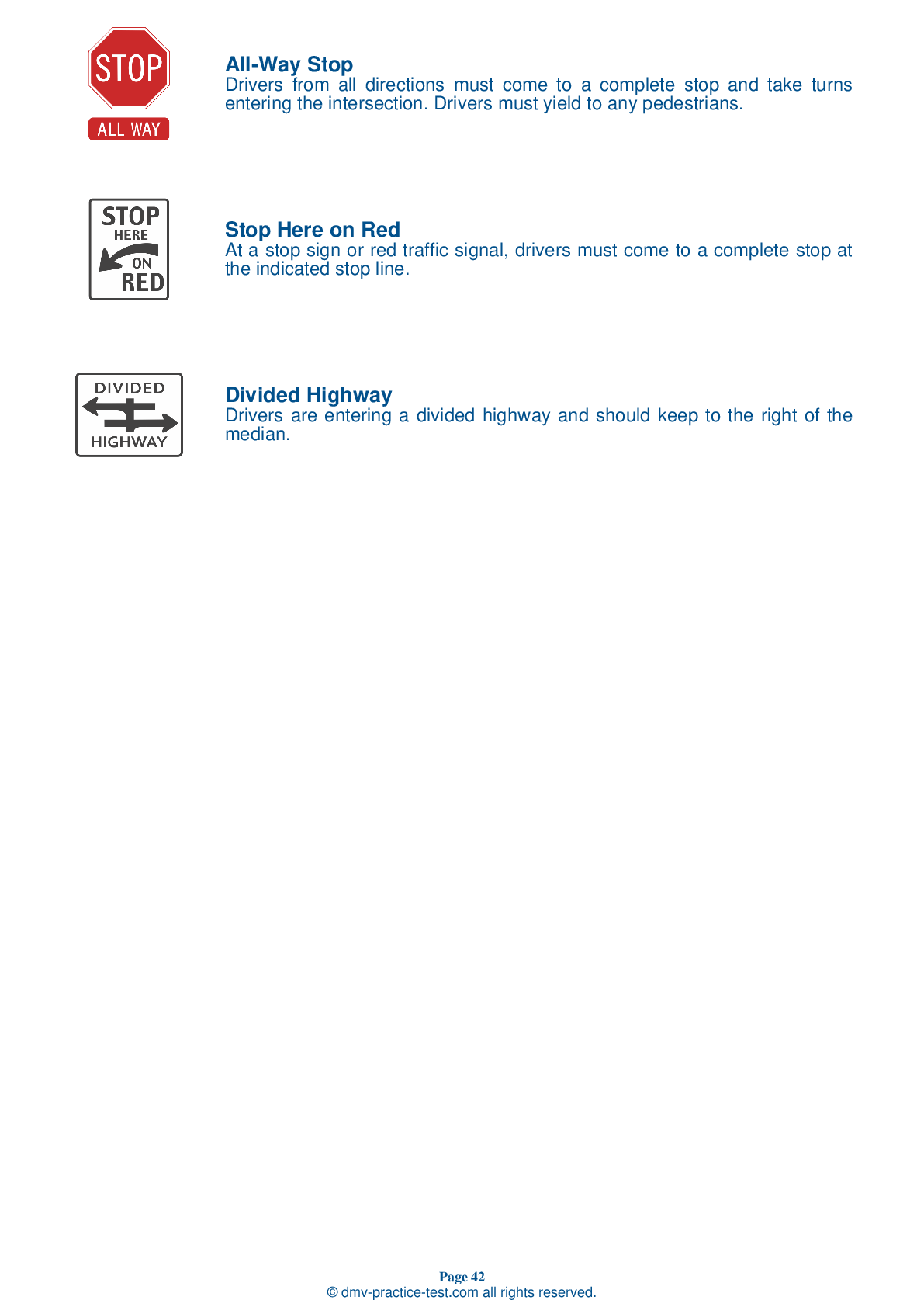FREE District Of Columbia DMV Practice Test #8 Page 3 of 3
This set of District Of Columbia DMV practise tests was been updated for January 2025. It includes questions based on the District Of Columbia Driver Handbook's most significant traffic signs and laws for 2025. Use actual questions that are very similar (often identical!) to the DMV driving permit test and driver's licence exam to study for the DMV driving permit test and driver's licence exam.
On the practise exam, each question gets a tip and explanation to help you remember the concepts. The written component of the official DMV test will include questions about traffic rules, traffic signs, and driving statutes, as well as information from the Driver Handbook.
To achieve the required passing grade, you must correctly answer 20 of the 25 questions. Take our DMV practise exam to help you prepare for your District Of Columbia instruction permit or driver's licence.
The DMV exam is available in several languages.
Using any form of testing help will result in an automatic fail, and the DMV may take further action against your driver's licence, so avoid it.
17 . As you drive, you're required to stop your vehicle:
Situations where motorists are required to stop include approaching intersections with stop signs, approaching intersections where a red light is either flashing or illuminated, or any time when a traffic officer orders your vehicle to stop.
18 . This sign means:
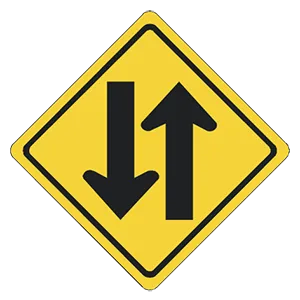
This sign informs drivers that they are leaving a divided roadway and approaching a two-way highway.
19 . What should you do if your accelerator sticks while you are driving?
If your accelerator sticks while you are driving, keep your eyes on the road. Quickly shift the vehicle into neutral and apply steady pressure on the brake pedal. Pull off the road when it is safe to do so and turn off the engine.
20 . After being pulled over by law enforcement, a driver should immediately exit the vehicle and quickly approach the officer’s squad car.
If stopped by law enforcement, you should stay in your vehicle with both hands clearly in sight on the steering wheel.
21 . This symbol is used for:
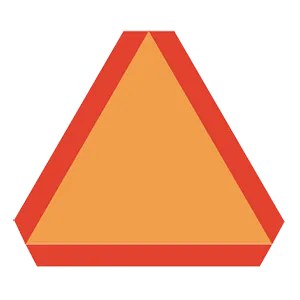
A reflective orange triangle on the rear of a vehicle means it travels only at slow speeds. You may see this sign on roadwork equipment, farm vehicles, or horse-drawn wagons and carriages. It appears as a solid orange triangle during the day and a hollow red triangle at night.
22 . A broken yellow centerline means that:
A broken yellow centerline means that a driver may cross the centerline to pass another vehicle on the left as long as there is no oncoming traffic. Drivers should never cross a solid yellow centerline in order to pass.
24 . When entering a highway from an entrance ramp, you should generally:
Entrance ramps for highways often have acceleration lanes. When merging with traffic from an acceleration lane, you should put your signal on, look for an opening in traffic, accelerate up to the speed of traffic, and merge into an opening in traffic.
25 . A pedestrian starts to cross the street after the "Don't Walk" signal begins to flash. The pedestrian is in the middle of the street when your signal light changes to green. You should:
At a green light, you must give the right-of-way to any vehicle, bicyclist, or pedestrian in the intersection. If a pedestrian begins crossing the street after the traffic signal light starts flashing, wait until they have crossed the street before proceeding.
Need Car Insurance? No problem!
Compare the best rates in District Of Columbia and find a personalized policy that meets your needs.
1. Are You Currently insured ?
2. Married ?
3. Do you own your Home?
4. Do you have more than 1 car ?
5. Have you or a Family Member Honorably Served in U.S. Military ?
6. Your Name
7. Age
8. Zip code
IMPORTANT REMINDER:Auto Insurance is Mandatory to drive in District Of Columbia. Get covered before you hit the road to avoid any fines.
Ranked by best match
